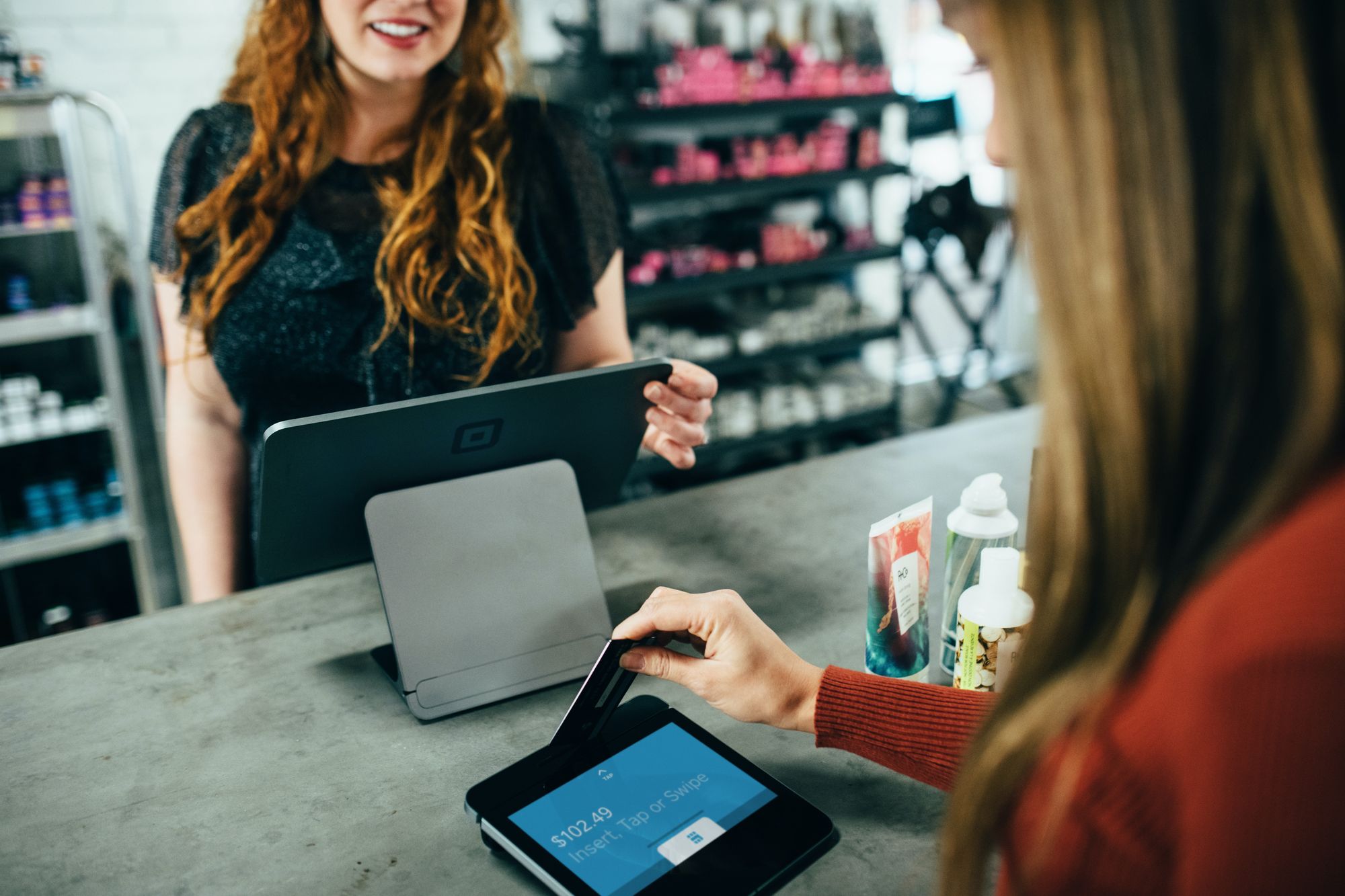PREPANDEMIC BUYING PATTERNS RETURN
Although Americans spent more time and money shopping on Black Friday than they did the year before, certain figures indicate that they were also cautious with their spending as inflation puts a strain on their wallets.
- Early data indicates that although consumers continued to make online purchases this year, many of them returned to shops in person and enjoyed a Christmas ritual by browsing in stores
- Still, for the whole holiday season, some experts and business associations forecast slower sales growth than in the previous year
"Despite the record online spending this Black Friday, consumers' concerns about the economy are at the highest level since the Great Recession in 2008-2009. More than 60% of Americans said the state of the economy was impacting their holiday spending plans, according to the NRF." by Ashley Ahn for NPR
STORE TRAFFIC IS UP 7%
According to RetailNext, a company that uses cameras and sensors to count shoppers in thousands of retailers, store traffic increased 7% this Black Friday compared to last. The data also revealed that in-store sales increased by 0.1%, and shoppers paid less overall per visit than they did in 2017.
- Another company that studies store traffic, Sensormatic, reported that on Black Friday, traffic increased 2.9% from 2021
- Before the pandemic, Black Friday had begun to lose its significance as consumers spread out their holiday shopping, snagging earlier deals, or making more purchases online
- According to Brian Field, global head of retail consulting for Sensormatic, this year marks "a bit of a return to normalcy."
ONLINE SALES RISE
According to Adobe Analytics, Black Friday sales generated a record $9.12 billion from internet customers this year. This increased from $8.92 billion in 2021 and $9.03 billion the year before. Yet, as for in-store sales, people are spending more to buy less this year due to inflation, which contributes to some of the increase.
- Mobile shopping accounted for a record 48% of total e-commerce transactions (up from 44% in 2021)
- Thanksgiving remains a stronger day for mobile sales, in part due to the fact that customers are generally not behind their desk on Friday
- Additionally, the use of buy-now-pay-later services is increasing, a sign that both customers need to utilize this method and that it is becoming a more common alternative to credit
- Buy Now Pay Later orders are up 13% year over year in November (without accounting for Thanksgiving or Black Friday)
"Buy now, pay later, a new spin on the concept of layaway, has become increasingly popular among younger consumers. It allows consumers to split the cost of purchases into installments and charges them either simple interest or no interest at all, in a break from the traditional credit model in which interest compounds." by Zoe Han for Morningstar
Disclaimer
Please note that this article does not constitute investment advice in any form. This article is not a research report and is not intended to serve as the basis for any investment decision. All investments involve risk and the past performance of a security or financial product does not guarantee future returns. Investors have to conduct their own research before conducting any transaction. There is always the risk of losing parts or all of your money when you invest in securities or other financial products.
Credits
Photo by Blake Wisz on Unsplash.






